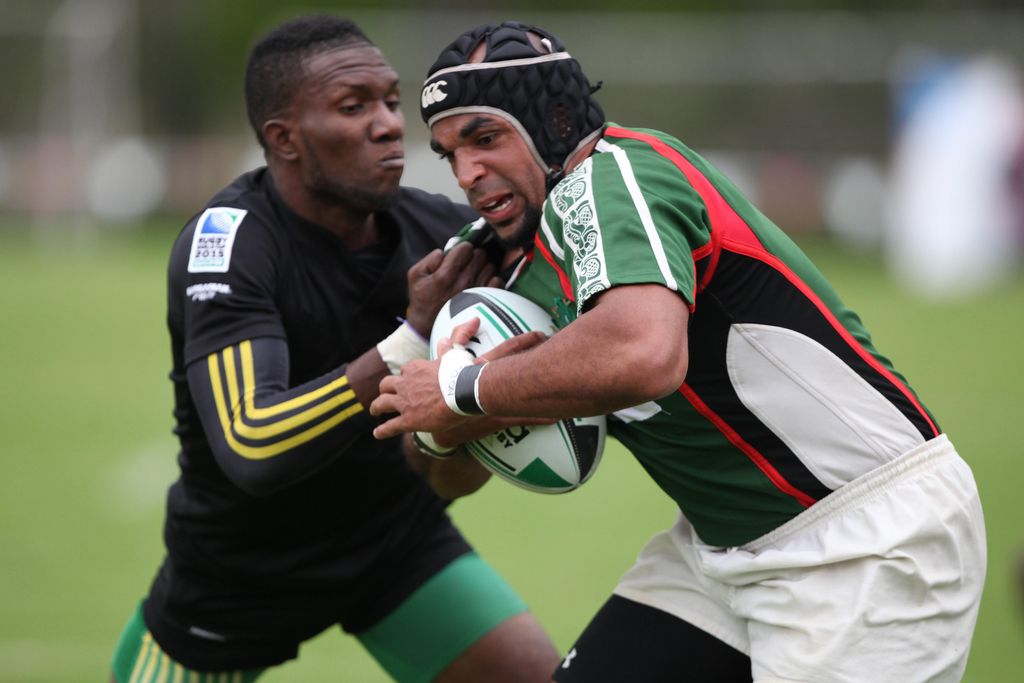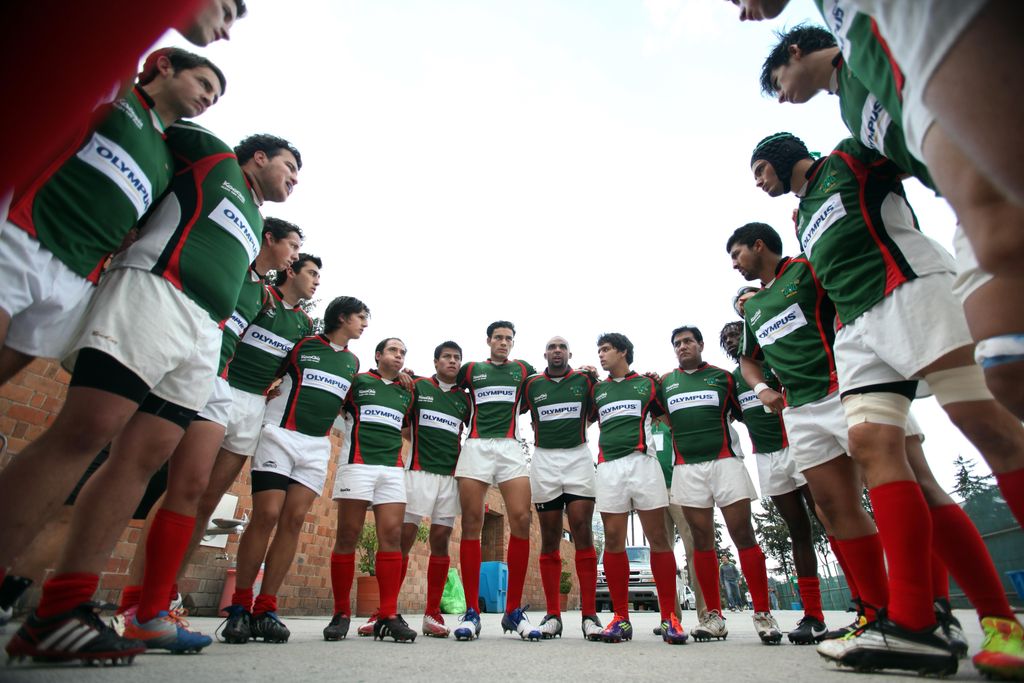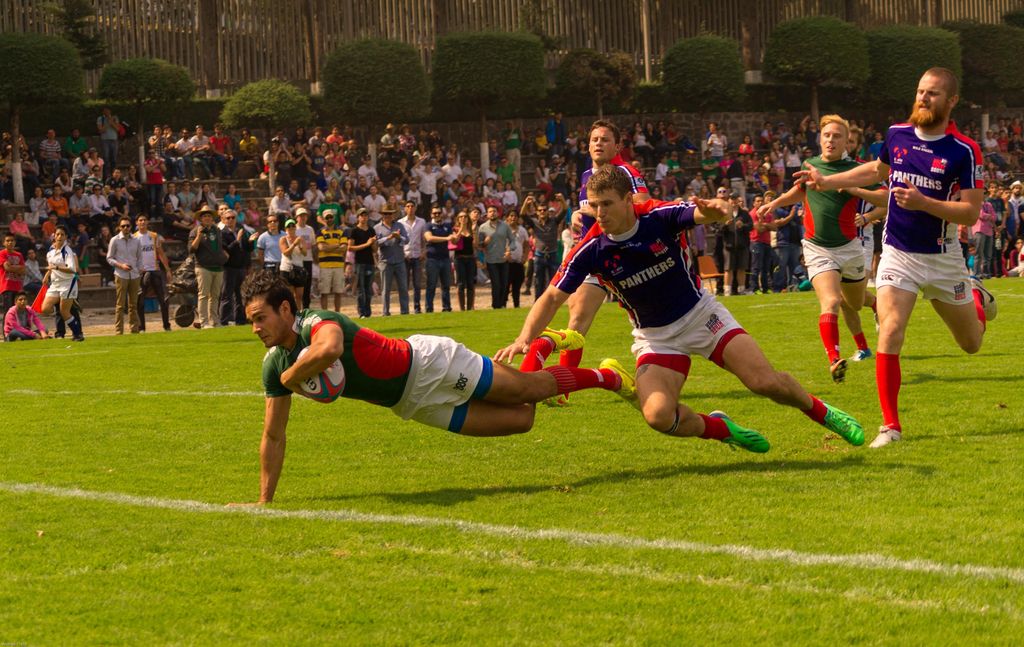In 2013, Mexico sat 75th in the World Rugby Rankings. Fast forward two years and they now sit 56th.
How does such a leap come about?
Spaniard Ruban Duque, who works at the Federación Mexicana de Rugby (FMRU) holding a number of roles including technical director and national team coach, explains with pride.
“We started our plan almost three years ago with a new team with lots of young players and we have reached some of our goals two years before we had planned.”
These goals included being promoted to the North American Caribbean Association (NACRA) Championship from the second tier Cup competition, which they did before going on to reach the final only to be beaten 30-16 by Trinidad and Tobago in Port of Spain last month.
On the road to the final the Mexicans put USA South to the sword 50-25 in Mexico City in March (main picture) before overcoming their hosts the Cayman Islands 24-3 a month later in the Championship north zone.
These are impressive achievements considering Mexico only won a test match away from home for the first time when they beat the Bahamas last year in the NACRA Cup League north zone.
Grand ambitions
Mexican rugby’s grand ambitions are by no means confined to the international arena and the game will only grow in a developing rugby market if the grassroots are tended to with care.
The FMRU only became a World Rugby member union in 2004 but the game’s Mexican history can be traced back to the 1930s when rugby was introduced to the country by the British employees of oil companies.

Although the union does have an ex-pat influence from the likes of Duque and New Zealander Simon Pierre (pictured in action in the opening RWC 2015 qualifier v Jamaica), who as well as playing in the Mexican back row is also the national sevens and under-23 coach, a particularly exciting development is the number of young Mexican-born players coming through to play in representative sides.
Despite only coming to the game four years ago as a 28-year-old Heriberto Lachica is enthusiastically working as his union’s national participation and development manager tasked with spreading the game.
Lachica, a keen American footballer before to his involvement in rugby, points to how the values driven nature of his new sport caused his passion to grow and it is an aspect that has also attracted many young Mexicans.
“The discipline and respect I saw during my first rugby training session, between the coach and players, and the camaraderie that exists between the players is something very special,” he said.
'New-school' ways
Part of rugby’s recent growth has been due it being played in many of the country’s universities. This, however, also highlights how it has traditionally been a game for the middle and upper classes in Mexico.
Having grown up in New Zealand where rugby is played across all levels of society, this is an area Pierre sees as key to the long-term growth of the sport.
“Rugby was seen up until a few years ago in Mexico as an elitist type of sport where it was seen as a sport that only the well-off played,” explained Pierre.
“What we have done with rugby is to change their perceptions and to get rugby in the public school and community systems.
“The great thing about rugby is that you don’t need a lot of resources, you just need a ball and you need some space and a few kids to run around.
“We are working hard to bring rugby to the lower socioeconomic communities and it is becoming popular there.”
Big in the North
Also, traditionally rugby has been strongest in the areas around Mexico City and the state of Mexico. The western state of Jalisco also has high levels of internal competition.
In recent years, though, areas in the north-east such as the states Nuevo Leon and Coahuila have seen growth and have been important in terms of providing players to the national set-up.
Northern cities like Nuevo Leon’s state capital Monterrey are breeding grounds for many Mexican international forwards, according to Pierre.

“In the north of Mexico, there are some very big people and that is why some of our 15s team come from the north.
“Your general, typical Mexican is not a huge person but they generally have some fitness and some speed so, here is a slight tendency towards the backs.
“To run as a back and be evasive, a lot of the time it suits them more than the confrontational forward play. So, the north is where we get most of our forwards.”
However, just because the FMRU have reached targets in their development plan for their international side ahead of schedule does not mean they will be resting on their laurels. It just means that they have had to amend their aims for coming seasons to include loftier goals.
Starting with the 2016 NACRA Championship crown with Duque’s brief answer being the aim is simply “winning it”.

